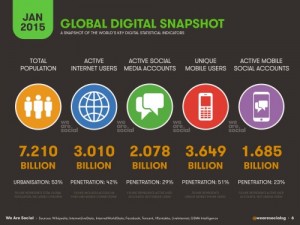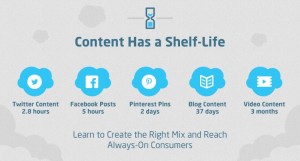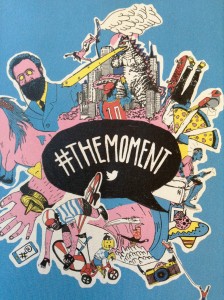This week I was taught how to fish using Nando’s as bait…… no, I’m being serious!
Last week I attended the Chasing ED conference at Campus London. This was the first conference I had attended outside of university and it didn’t disappoint! Besides being in Google’s awesome office space for startups, I had a great day meeting new people from a variety of backgrounds.
Whilst all of the talks taught me something new, in this blog I want to focus on one in particular as it is a subject I am currently experimenting in!
“How to land a Blue Marlin” from StudentView founder, Raff McKenzie.
Why was he talking about this? Well, to encourage students to leave accommodation reviews on his site he needed to provide rewards that would actually interest university students – it’s harder than you think!
Currently he has partnerships with Uber and Spotify (to name just a few!) and was even able to provide one lucky student with enough Domino’s pizza to match their height!
So how did he do it? Well first he says you need to know who your Blue Marlin is. As he says “Your Marlin could be anyone that adds value to your business and they could fill a host of different roles and positions.” He explicitly explained how it is important to evaluate the current position you are in and see who can help most NOW.
Of course bagging an angle investor would be great, however an industry expert might be the best thing for you to get going.
What next? You need to catch them! This is where Nando’s comes in…..
So you’ve found your Marlin, you’re about to cast your line (send an email) but you want to make sure they are attracted to your line, you want to make sure they bite AND hold on! Raff was successful at this by using what he calls “The Nando’s Pitch – Hot and Cheeky!”
You need to stand out from the hundreds of emails they receive each day, make them remember and like you! Be different and add a bit of colour to their grey inbox. Of course it is important to remember who you are emailing and remember what you are emailing about. It always has to be relevant and appropriate, but where possible, do what you can to stand out!
What I have learnt
In my short time trying to catch Blue Marlin’s I have learnt one vital lesson – know what you want from them; that can’t be everything or anything!
Several times I have had responses from people saying they want to help, but asking how. From my perspective I think they can help in any way they want! However, by pin pointing exactly how they can help you, you allow them to actually know if they can – they will appreciate the clarity!
To continue with Raff’s comparison I will have to end by saying – cast your line, but when you do, know what you want to catch, how you will catch it and know what you will do once you’ve been successful!













